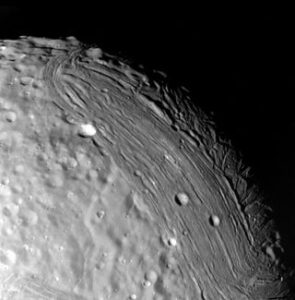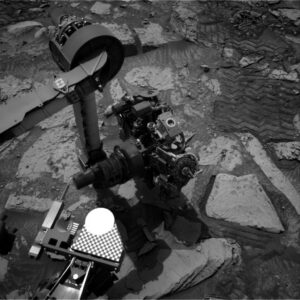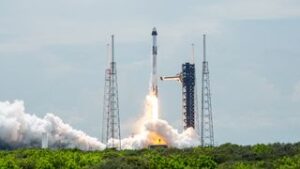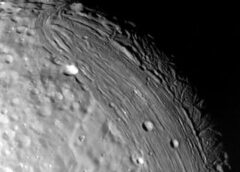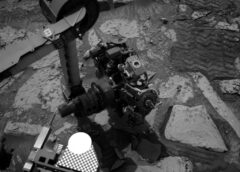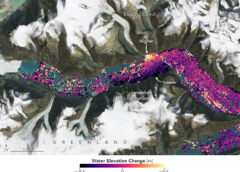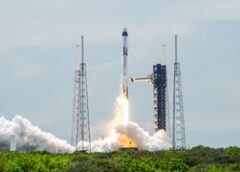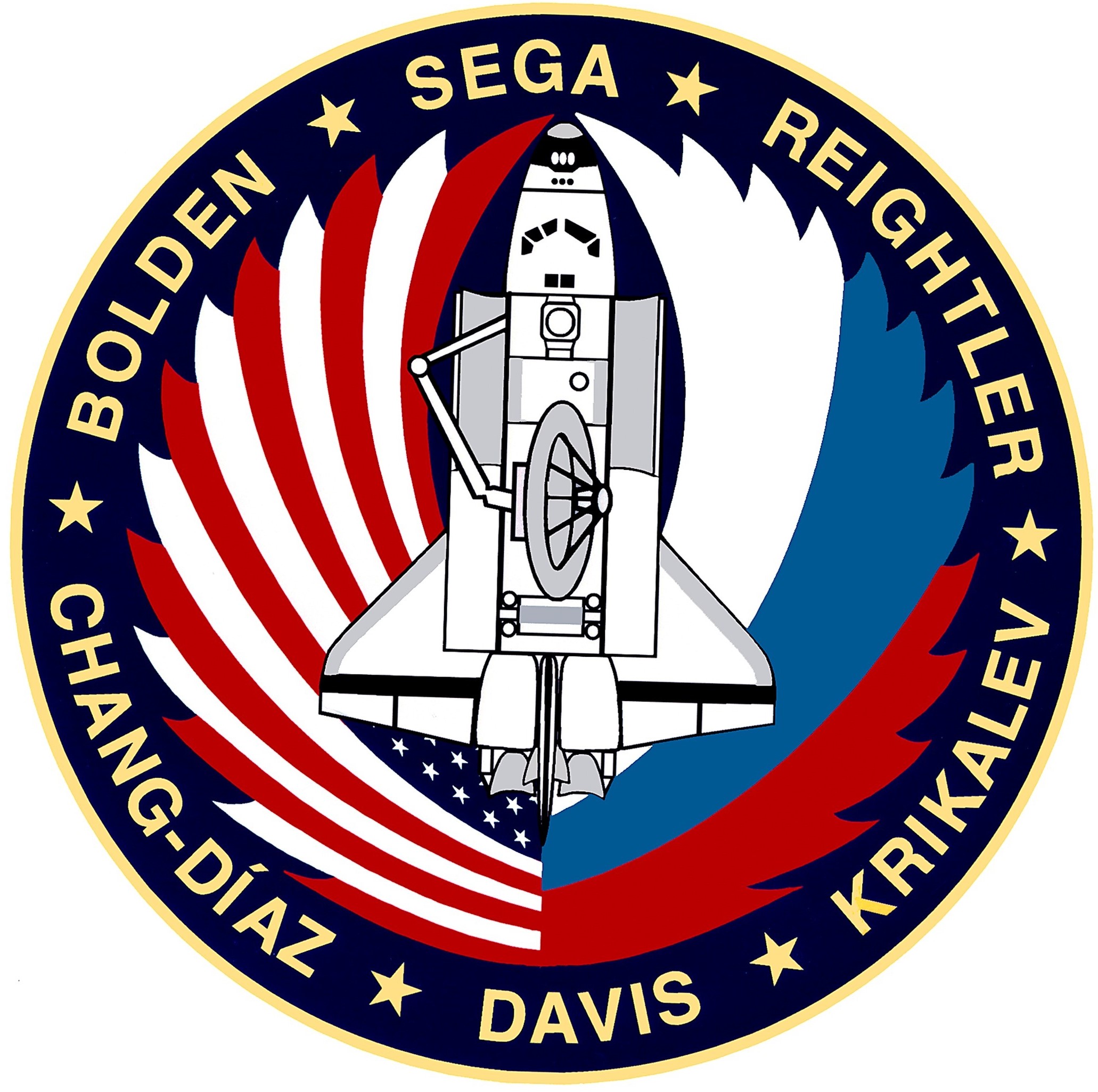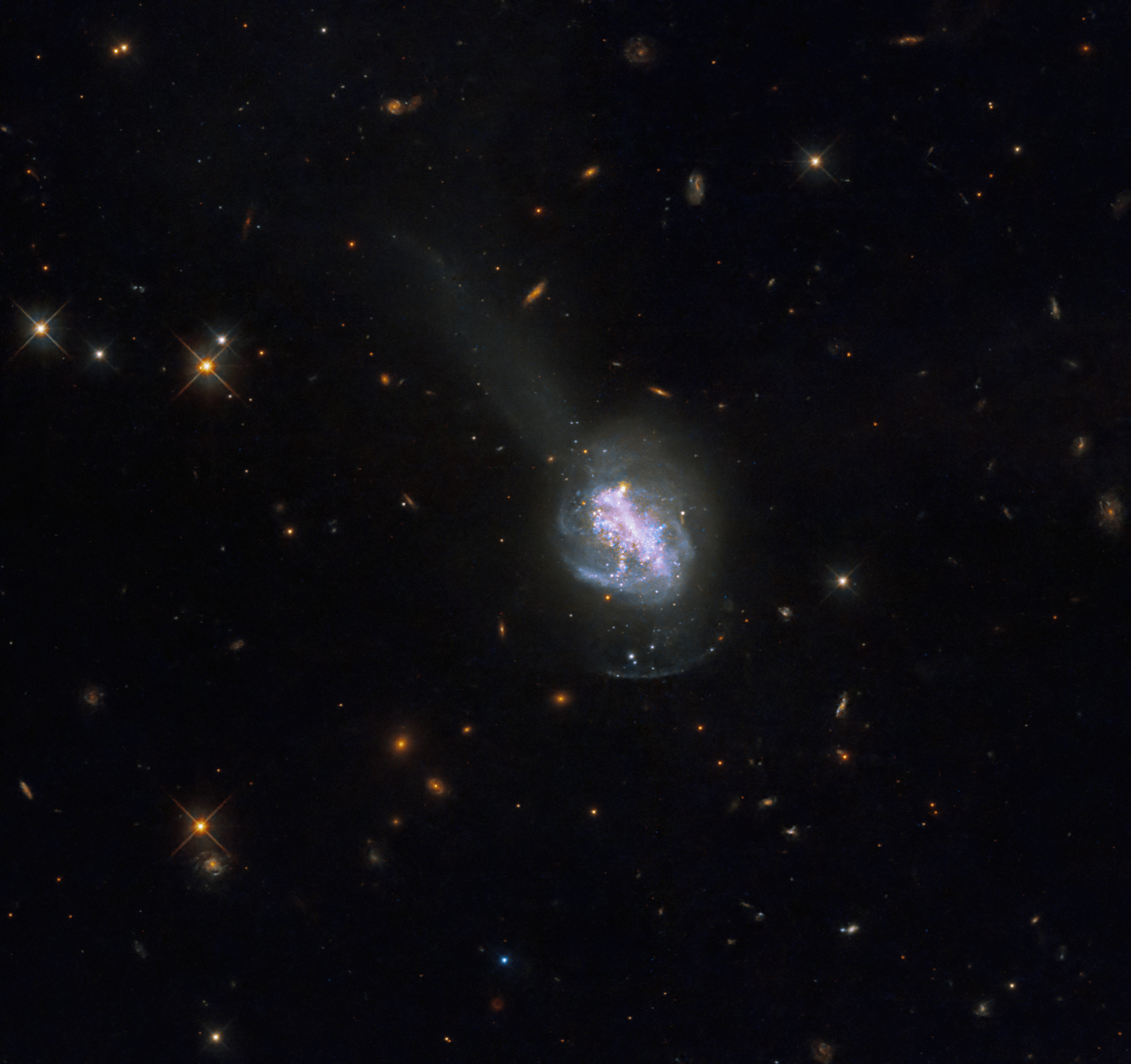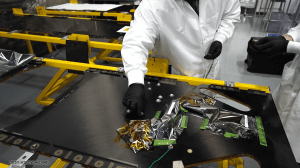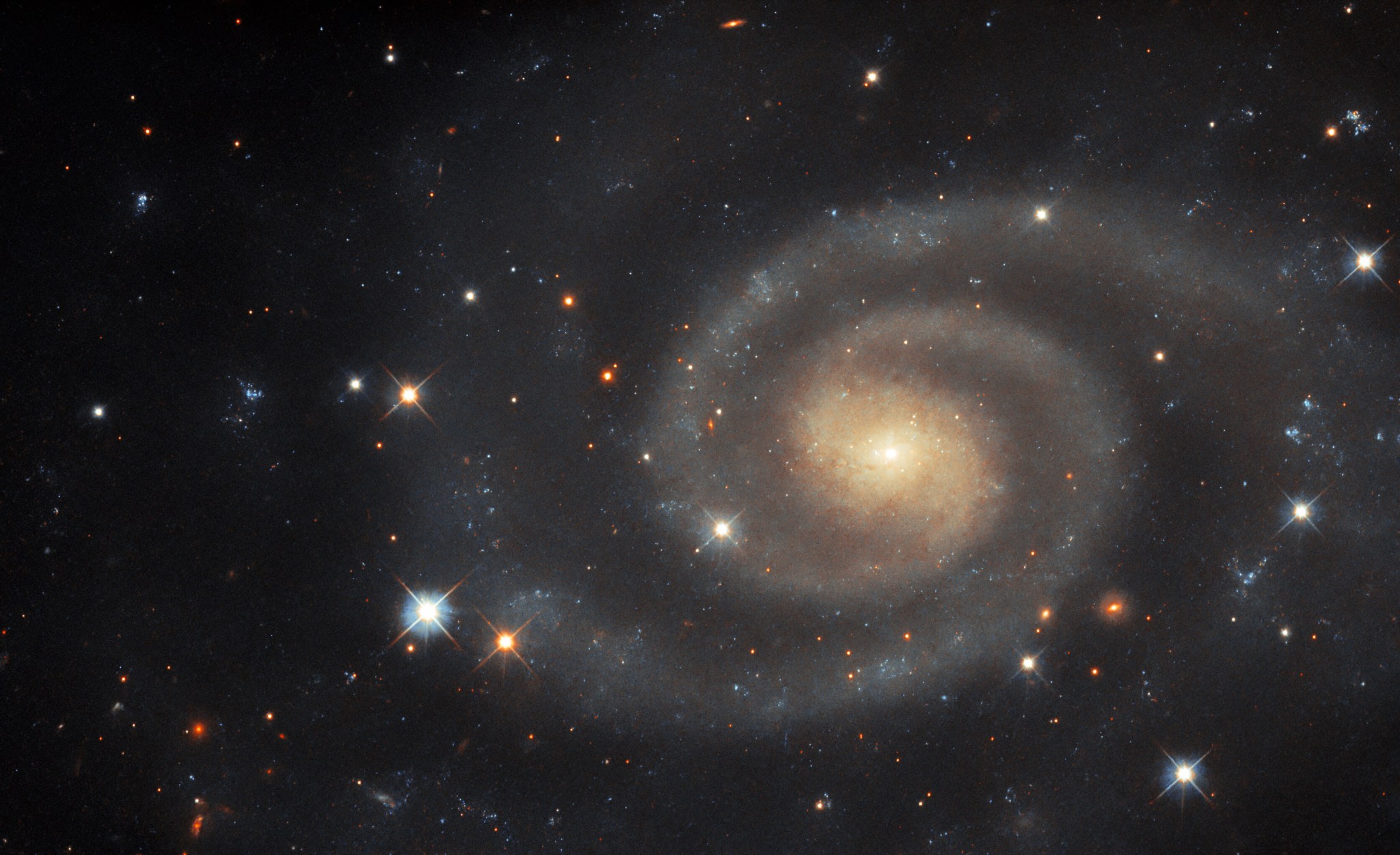NASA and SpaceX technicians safely encapsulate NASA’s PACE (Plankton, Aerosol, Cloud, ocean Ecosystem) spacecraft in SpaceX’s Falcon 9 payload fairings on Tuesday, Jan. 30, 2024, at the Astrotech Space Operations Facility near the agency’s Kennedy Space Center in Florida. Photo Credit: NASA Goddard/Denny Henry NASA is hosting virtual activities ahead of the launch of the PACE (Plankton, Aerosol, Cloud, ocean Ecosystem) mission and invites you to share in the fun. The PACE mission will help us better understand how the ocean and atmosphere exchange carbon dioxide, measure key atmospheric variables…
Read MoreSierra Space unveils Dream Chaser space plane ahead of 1st flight to ISS (photos)
SANDUSKY, Ohio — Ohio, the home of the Wright Brothers, is known as the “Birthplace of Aviation.” But the state also has some serious spaceflight bona fides, as we were reminded during an event on Thursday (Feb. 1). On that day, NASA and the Colorado-based company Sierra Space gave reporters an up-close look at Dream Chaser, a private space plane that’s scheduled to fly its first-ever mission to the International Space Station (ISS) later this year. The event took place at NASA’s Neil Armstrong Test Facility here in Sandusky. The robotic…
Read MoreUNITE All-Nighter Delights Amateur Astronomers
2 min read UNITE All-Nighter Delights Amateur Astronomers Fadi Saibi and his daughter Sophie, age 14, pose for a photograph with their Unistellar telescope in their backyard in Sunnyvale, Calif., on Thursday, Jan. 11, 2024. Credit: Bay Area News Group/Nhat V. Meye Maybe you read about them in the papers–amateur astronomers in Japan, Russia, France, Finland, and the United States have been pulling all-nighters to spot extraordinary exoplanets, planets orbiting stars other than the Sun. NASA’s UNITE project holds these planetary stakeouts several times every month, and you can join in!…
Read More30 Years Ago: STS-60, the First Shuttle-Mir Mission
On Feb. 3, 1994, space shuttle Discovery took off on its 18th flight, STS-60. Its six-person crew of Commander Charles F. Bolden, Pilot Kenneth S. Reightler, and Mission Specialists N. Jan Davis, Ronald M. Sega, Franklin R. Chang-Díaz, who served as payload commander, and Sergei K. Krikalev of the Russian Space Agency, now Roscosmos, flew the first mission of the Shuttle-Mir Program. Other objectives of the mission included the first flight of the Wake Shield Facility, a free-flying satellite using the ultra-vacuum of space to generate semi-conductor films for advanced…
Read MoreHubble Sees a Merged Galaxy
This new NASA Hubble Space Telescope image shows ESO 185-IG013, a luminous blue compact galaxy (BCG). BCGs are nearby galaxies that show an intense burst of star formation. They are unusually blue in visible light, which sets them apart from other high-starburst galaxies that emit more infrared light. Astrophysicists study BCGs because they provide a relatively close-by equivalent for galaxies from the early universe. This means that BCGs can help scientists learn about galaxy formation and evolution that may have been happening billions of years ago. Hubble imaged ESO 185-IG013 in ultraviolet,…
Read MoreWhich telescope will be 1st to find alien life? Scientists have some ideas
A peek into the future of exoplanet science suggests the forthcoming European Extremely Large Telescope (ELT) is going to give us our best chance in the next two decades of detecting biosignatures on nearby rocky worlds orbiting other stars. Such is the conclusion of a new study that simulated what it will take to characterize worlds outside our solar system with the tantalizing prospect of hosting life, such as Proxima Centauri b. This study will allow astronomers to set their sights on key exoplanetary targets during the 2030s and beyond.…
Read MoreHuge stadium-sized asteroid will make its closest approach to Earth for centuries today (Feb. 2)
A “potentially hazardous” football stadium-size asteroid will zip safely past Earth on Friday (Feb. 2), and, in doing so, will reach its closest point to our planet for more than 100 years. It will also be at least several centuries before the space rock ever gets this close to us again. The massive asteroid, named 2008 OS7, is around 890 feet (271 meters) across and will pass by Earth at a distance of around 1.77 million miles (2.85 million kilometers), according to NASA’s Jet Propulsion Laboratory (JPL). For context, that…
Read MoreTiny NASA Cameras to Picture Interaction Between Lander, Moon’s Surface
4 min read Preparations for Next Moonwalk Simulations Underway (and Underwater) Say cheese, Moon. We’re coming in for a close-up. As Intuitive Machines’ Nova-C lander descends toward the Moon, four tiny NASA cameras will be trained on the lunar surface, collecting imagery of how the surface changes from interactions with the spacecraft’s engine plume. The Stereo Cameras for Lunar Plume-Surface Studies will help us to land larger payloads as we explore space. Olivia Tyrrell from the SCALPPS photogrammetry team explains how a small array of cameras will capture invaluable imagery…
Read MoreHubble Views a Dim but Distinct Galaxy
2 min read Hubble Views a Dim but Distinct Galaxy Both visible and ultraviolet wavelengths of light comprise this Hubble Space Telescope image of the spiral galaxy UGC 11105. ESA/Hubble & NASA, R. J. Foley (UC Santa Cruz) This image of the softly luminous spiral galaxy UGC 11105 is from the NASA/ESA Hubble Space Telescope. It lies about 110 million light-years from Earth in the constellation Hercules. Astronomers have different ways of quantifying how bright celestial objects are. Apparent magnitude is one of those methods. It describes how bright an…
Read MoreFirst Hot Fire Test of the Year for Artemis
NASA completed a full-duration, 500-second hot fire of an RS-25 certification engine Jan. 17, continuing a critical test series to support future SLS (Space Launch System) missions to the Moon and beyond as NASA explores the secrets of the universe for the benefit of all.
Read More